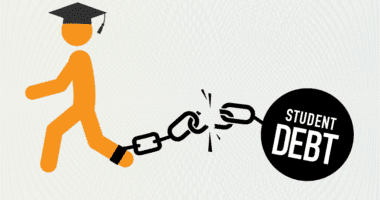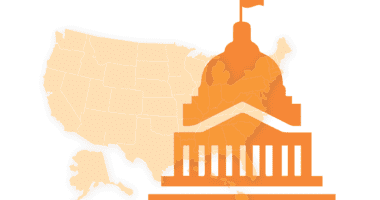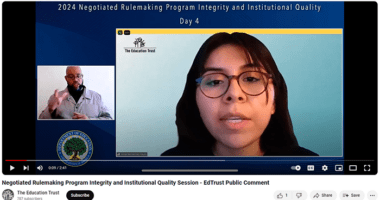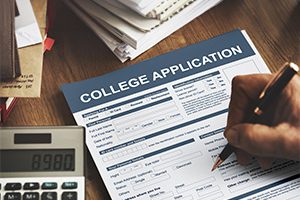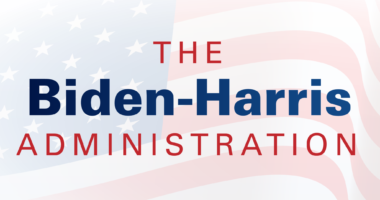Affordability & Financial Aid
Financial aid helps millions of students obtain a postsecondary education, but increasingly, those funds aren’t delivered to the students who need them most.
Because of poorly targeted federal tax benefits, steep declines in state financial support for higher education, and the shift from need-based to non-need-based aid, the financial aid system is no longer aligned to help low-income students enroll in and complete higher education.
Low-income students, on average, have to pay more than three-quarters of their annual family income out-of-pocket to attend a four-year, public or private nonprofit institution. That’s nearly five times the proportion asked of our nation’s wealthiest families.
To make college more affordable for students with the greatest financial need, we work to:
- Protect — and improve — the Pell Grant program;
- Fix the broken financial aid system that inadequately serves students from low-income and working-class backgrounds; and
- Identify trends in college affordability and the distribution of financial aid.

